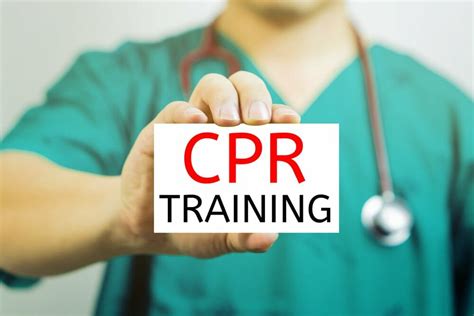CPR Recertification: Protecting Lives and Careers
Cardiopulmonary resuscitation (CPR) is a life-saving technique that can mean the difference between life and death in emergency situations. For healthcare professionals and many other professions, maintaining current CPR certification is not just a good idea—it's often a requirement for employment and professional licensing. This article will explore the importance of CPR recertification, the process involved, and how it protects both lives and careers.
Why is CPR Recertification Important?
CPR techniques and guidelines are constantly evolving. Medical research consistently leads to improvements in resuscitation methods, increasing the chances of survival for victims of cardiac arrest. Therefore, relying on outdated knowledge can be detrimental. Recertification ensures that you're equipped with the latest, most effective techniques, maximizing your ability to save lives. This is crucial for maintaining professional competence and ethical responsibility.
What Happens During a CPR Recertification Course?
A CPR recertification course typically involves a review of essential CPR concepts and skills, including:
- Chest compressions: Participants will practice proper hand placement, depth, rate, and minimizing interruptions.
- Rescue breaths: The course will refresh knowledge of proper mouth-to-mouth or bag-valve-mask techniques, emphasizing hygiene and safety.
- Airway management: Recertification often includes a review of techniques for opening the airway and dealing with obstructions.
- Recognizing cardiac arrest: Learning the signs and symptoms of cardiac arrest is key to initiating CPR promptly.
- Using an AED (Automated External Defibrillator): Recertification will cover the proper steps for using an AED, from turning it on to delivering shocks.
- CPR for different age groups: Many courses cover the modifications needed for infants and children.
The course concludes with a practical skills assessment to ensure competence in performing CPR effectively.
How Often Do I Need to Get CPR Recertified?
The frequency of CPR recertification varies depending on the certifying organization (e.g., American Heart Association, American Red Cross) and sometimes the specific workplace requirements. Generally, certification is valid for one to two years. Always check your current certification card for the expiration date and adhere to the guidelines of the issuing organization.
What if My CPR Certification Lapses?
Allowing your CPR certification to lapse can have serious consequences, particularly in professional settings. Many healthcare facilities and other employers require active CPR certification as a condition of employment. A lapsed certification may result in:
- Inability to perform your job duties: You may be restricted from providing CPR in emergency situations.
- Disciplinary action: Your employer might issue a warning, suspension, or termination.
- Loss of licensure: In some professions, a valid CPR certification is a requirement for maintaining professional licenses.
How Does CPR Recertification Protect My Career?
Maintaining a current CPR certification demonstrates your commitment to professional development and patient safety. It showcases your dedication to providing high-quality care and adherence to best practices. This is highly valued by employers and can significantly enhance career opportunities and advancement prospects.
What are the Different Types of CPR Certifications?
Several organizations offer CPR certification, each with its own curriculum and requirements. The most commonly recognized are the American Heart Association (AHA) and the American Red Cross (ARC). The specific type of certification required will depend on your profession and workplace. Some courses focus on specific populations, like healthcare providers or childcare professionals.
Where Can I Find CPR Recertification Courses?
Many organizations offer CPR recertification courses, including hospitals, community colleges, and private training companies. Online courses are also available, offering flexibility and convenience. When choosing a course, ensure it's accredited by a recognized organization to guarantee the quality and validity of your certification.
Can I Renew My CPR Certification Online?
While some organizations offer online components for CPR recertification, it's unlikely you can complete the entire process online without some form of hands-on skills assessment. Many providers offer a blended learning approach, combining online learning modules with an in-person practical skills evaluation.
In conclusion, CPR recertification is a critical aspect of maintaining both your professional competency and your ability to respond effectively to life-threatening emergencies. By staying up-to-date with the latest techniques and guidelines, you protect lives and safeguard your career. Regular recertification demonstrates a commitment to excellence and is a valuable asset in any profession where saving lives is paramount.

